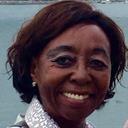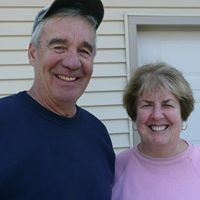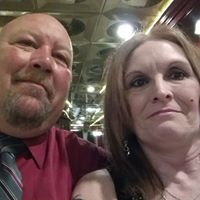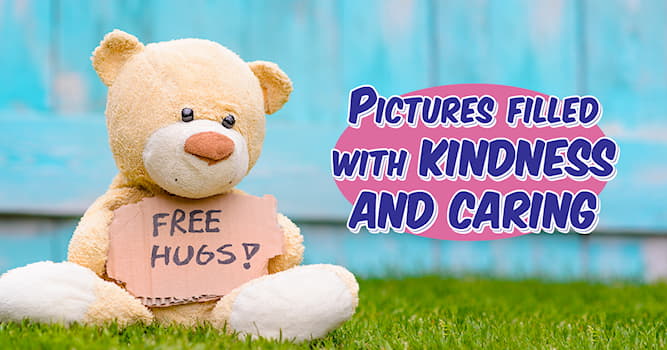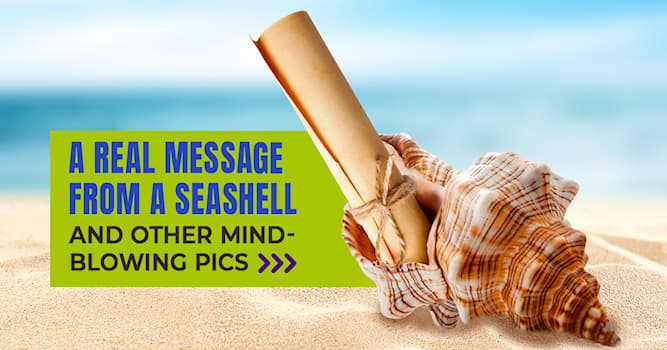Did NASA ever consider women for the Mercury, Gemini or Apollo programs?
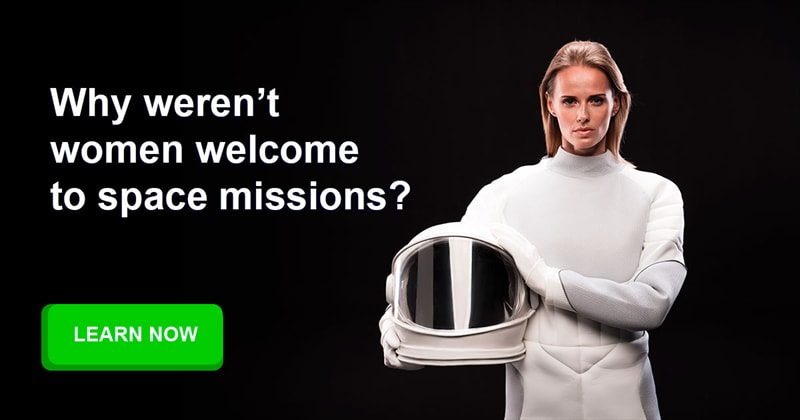
Unambiguously, no.
This was not sexism. NASA decided early on, and quite correctly, that early astronauts must all be experienced high performance jet test pilots. To anyone who understands what the early space program involved, there can be little question that this was the right call. There were, however, zero women in the country with high performance test flight experience, and that was due to sexism.
You may have heard of the so-called “Mercury 13” or the “Women in Space Program,” both of which are misleading monikers invented by the press and/or Jerrie Cobb.
Here’s what happened:
Randy Lovelace’s laboratory tested astronaut candidates to help NASA select the initial seven Mercury astronauts. He later ran female aviator, Jerrie Cobb, through the same Phase I (biomedical) tests (though not other tests for which he didn’t have access to equipment owned by the military). Jerrie did not, contrary to some reports, test superior to the men overall, but she did test as well (overall) and while that should not have been a surprise to anyone, it was in fact a surprise to many.
Lovelace published a paper on the work in which he suggested that women might actually be preferable candidates for space since they weigh less on average and consume less oxygen, water, and other consumables, a fact which I exploited in my story “For All Mankind,” and I can tell you that on a long duration mission (of several months) the difference really does add up.
This had no effect of Mercury, Gemini, or Apollo, all of which were short little jaunts in which the mass of the astronauts wasn’t terribly critical, and all of which were always going to be flown by high performance test pilots anyway.
Jerrie Cobb, seated as a passenger in a military fighter jet.
However, it attracted the attention of famed aviation pioneer, Jackie Cochran, who agreed to fund further research on the suitability of women for space.
Jackie and Jerrie recruited several more women, mostly from the ranks of the Ninety-Nines, a women aviator’s professional organization founded by Amelia Earhart. These women also went through the initial biomedical testing, and thirteen passed at the same standard as met by the Mercury astronauts.
So far so good. Jerrie Cobb, Rhea Hurrle, and Wally Funk went to Oklahoma City for an isolation tank test and psychological evaluations, and Lovelace secured verbal agreement through his contacts to send another group to the Naval School of Aviation Medicine for advanced aeromedical examinations using military equipment and jet aircraft.
However, no one had authorized the use of the military facilities for this purpose—or the costs that would entail. Since there was no NASA request behind this effort, once Lovelace tried to move forward, the military refused his access.
Meanwhile, Jerrie Cobb had been enjoying the notoriety and, according to some of the others, had gotten it into her head that all this was going to lead to some of the women actually flying in space. In fact, I’ve found no evidence that Lovelace ever implied that. This was a small program of scientific study, nothing more. Nevertheless, Cobb flew to Washington, D.C. along with Jane Hart and was given a meeting with then Vice President Lyndon Johnson.
Johnson was congenial—Cobb has always claimed he pledged support—but immediately afterword, he sent word to have all support for the experiments withdrawn.
Now far be it from me to defend the motives of LBJ of all people—but consider this: The president had publicly committed the nation to returning a crew from the moon by the end of the decade—and this was right about the time when enough work had been done for Johnson to have a handle on just how hard that was going to be. He may or may not have supported the idea of women astronauts in general—I have no idea. But Jerrie Cobb standing before the press, pushing for “women in space” was definitely, irrefutably, a distraction he didn’t need, and any resources devoted to it were being pulled directly away from the moon shot—which to him, was the goal.
Jerrie Cobb has always maintained the women were misled and betrayed. I’ve found no evidence of that. Testimony of many of the other participants suggests that she simply got carried away, not that anyone could blame her. Let’s remember that at that time, she couldn’t have known what was really involved in space flight or what the program would look like over the next decade—no one did.
Of course, American women did start flying in space with the Space Shuttle. Do not for a moment think this means they didn’t face the same prejudice at NASA that they did everywhere else. The first class of women astronauts was—according to my sources—invited to help design an in flight cosmetics kit—an offer they immediately and forcefully shot down. Thirty years later, women remain a distinct minority in the US astronaut corp, and continue to face (according to my contacts) discrimination within the agency’s ranks. But at least they are in the game—I guess that’s something.
The bigger question is not whether Jerrie Cobb was betrayed, but why in 1961, not a single US woman had been hired to work in high performance flight test—considering that so many (like Cobb, for example) had performed test flight and ferry duties during the war.
Why weren’t women welcome in the post war aerospace economy, and why today are do very few woman granted degrees in engineering on any sort? I don’t know the answer, though sexism is unquestionably in the mix, but it’s a question we need to address as a nation.
Woman are people. They aren’t just men who burn less oxygen. They have unique and valuable contributions to make—in every field, and a smart country is one that invites all its citizens to contribute, each according to his—or her—unique abilities.
Do you agree that this was not sexism?
#Science #History #Society #female #Quora
Interesting Facts
7 images that depict life from a different point of view
8/11/2021
by
brian l
In today’s post, we would be sharing these seven photos that show life from another perspective.
You never knew these 8 facts were actually true!
8/7/2021
by
Della Moon
Get ready for a set of big surprises, as you definitely never expected these 8 facts to be true...
9 things that should be used to make our lives easier
8/15/2021
by
brian l
With these nine images, we would be showing things that should be used worldwide to make our lives better!
14 beautiful vintage pictures colorized by a talented artist
8/9/2021
by
Della Moon
This talented artist surely knows how to give new life to old black and white pictures – his works will blow your mind away!
7 things people never expected to see
8/8/2021
by
Della Moon
These pictures of unusual objects people stumbled upon and had a chance to take a picture of will absolutely blow your mind!

